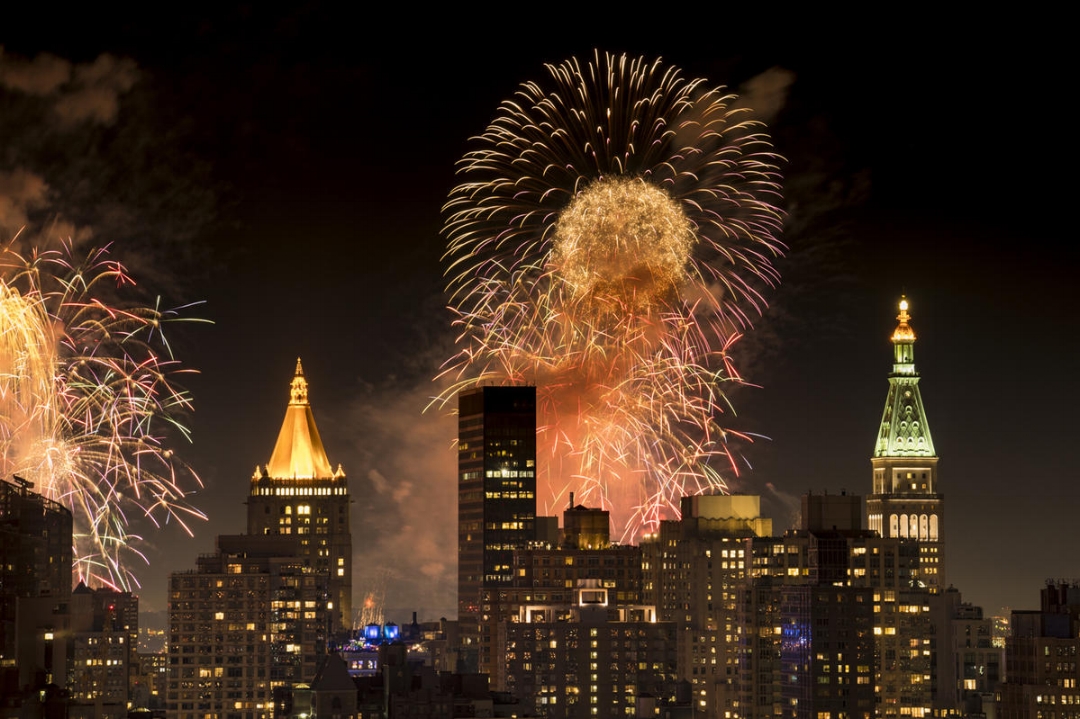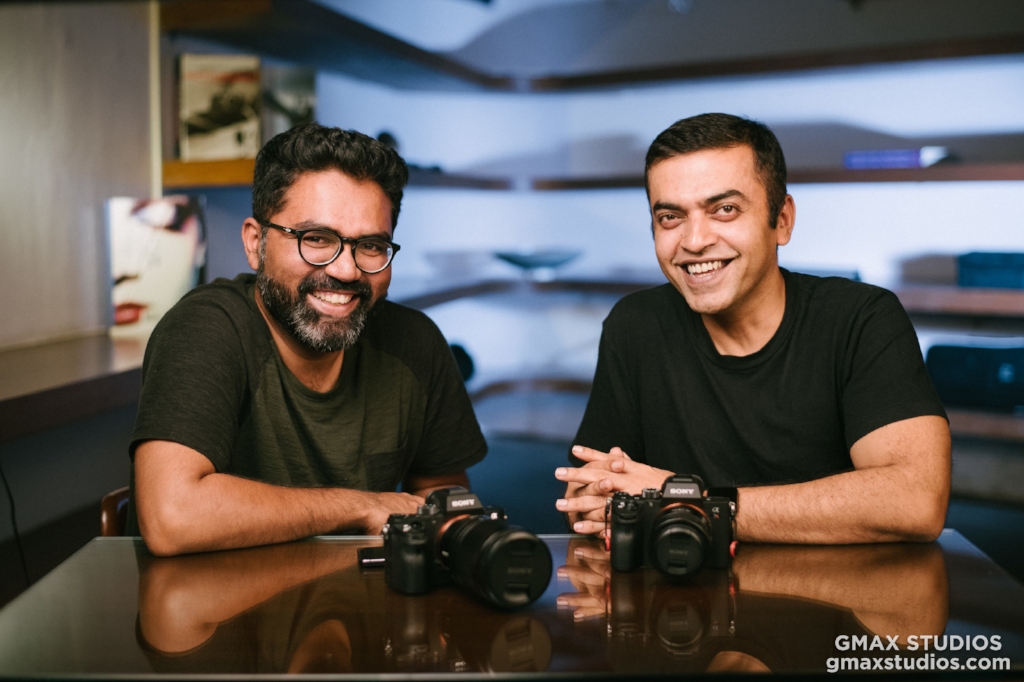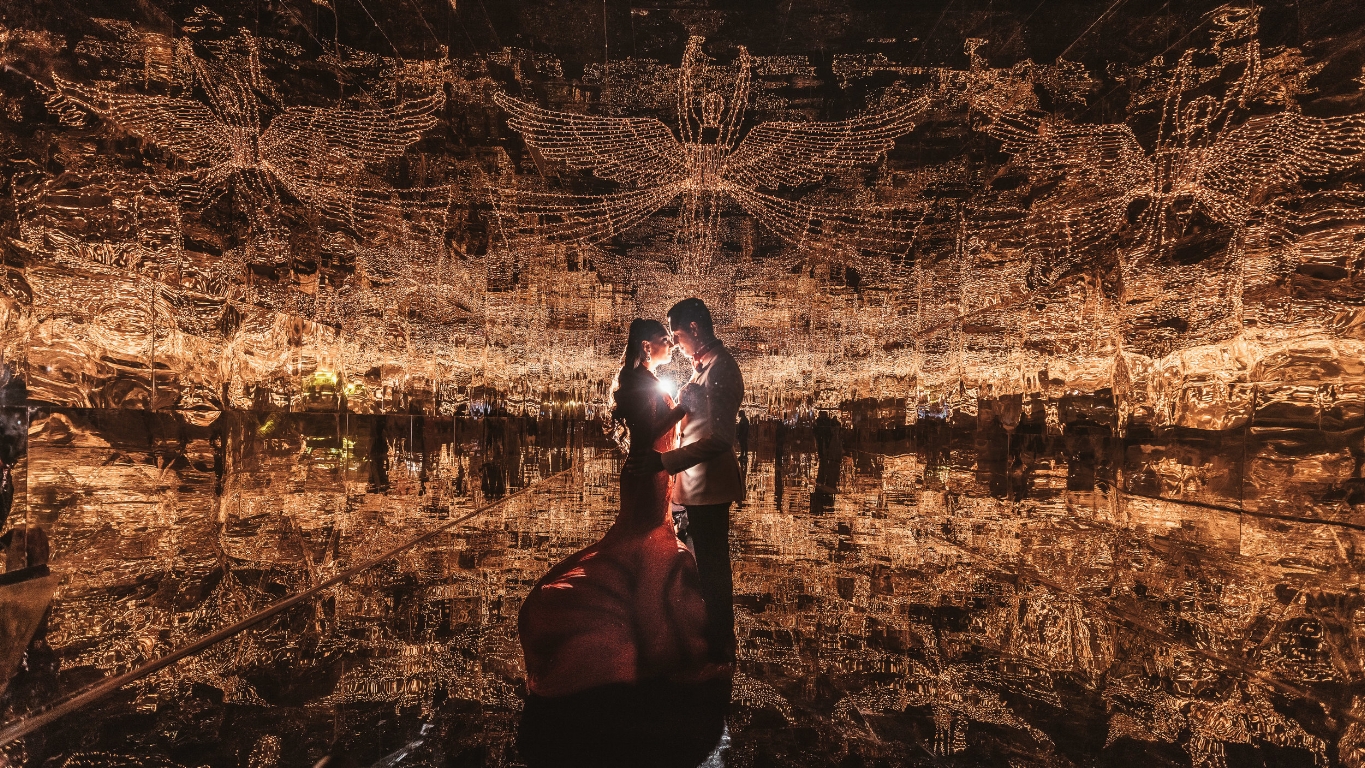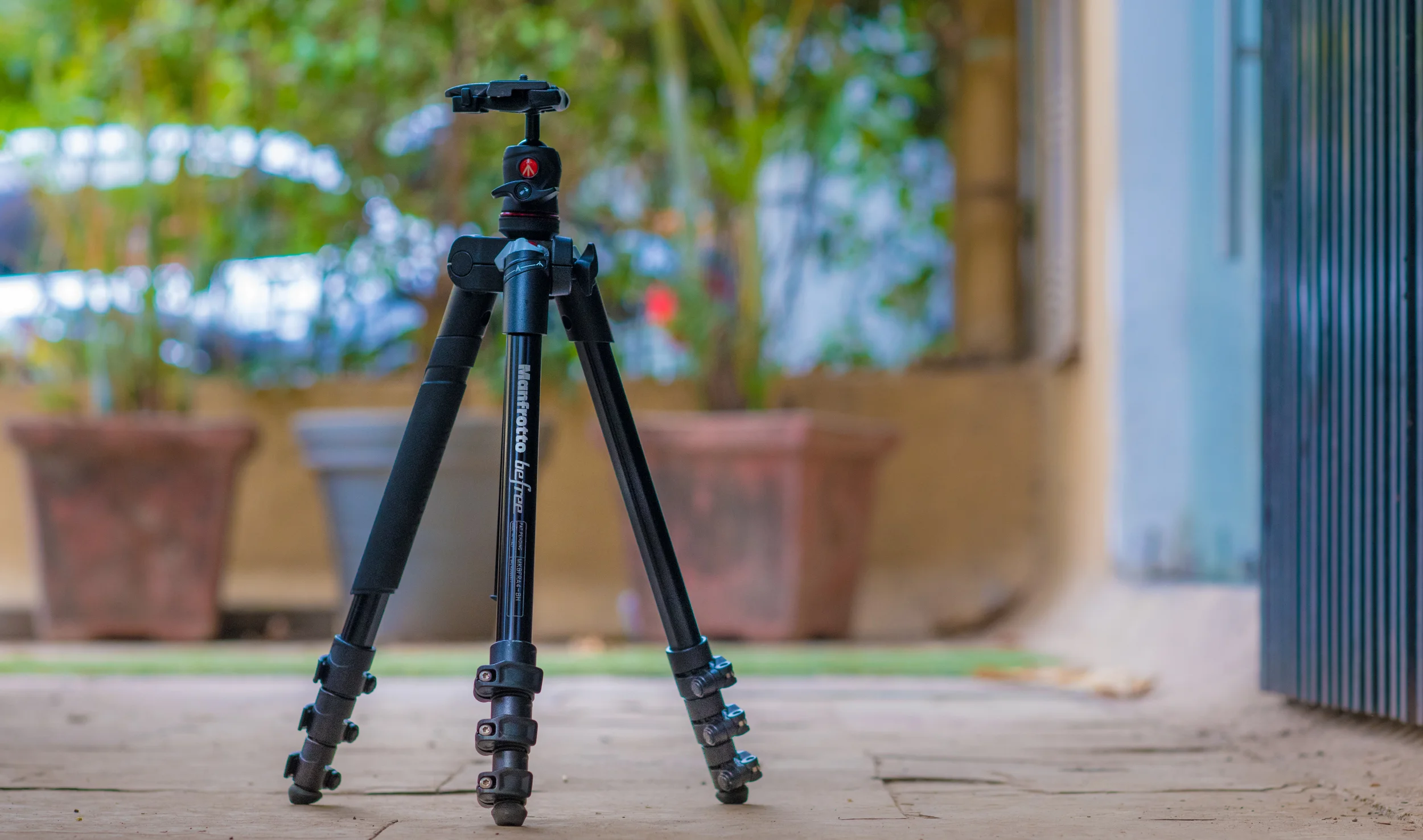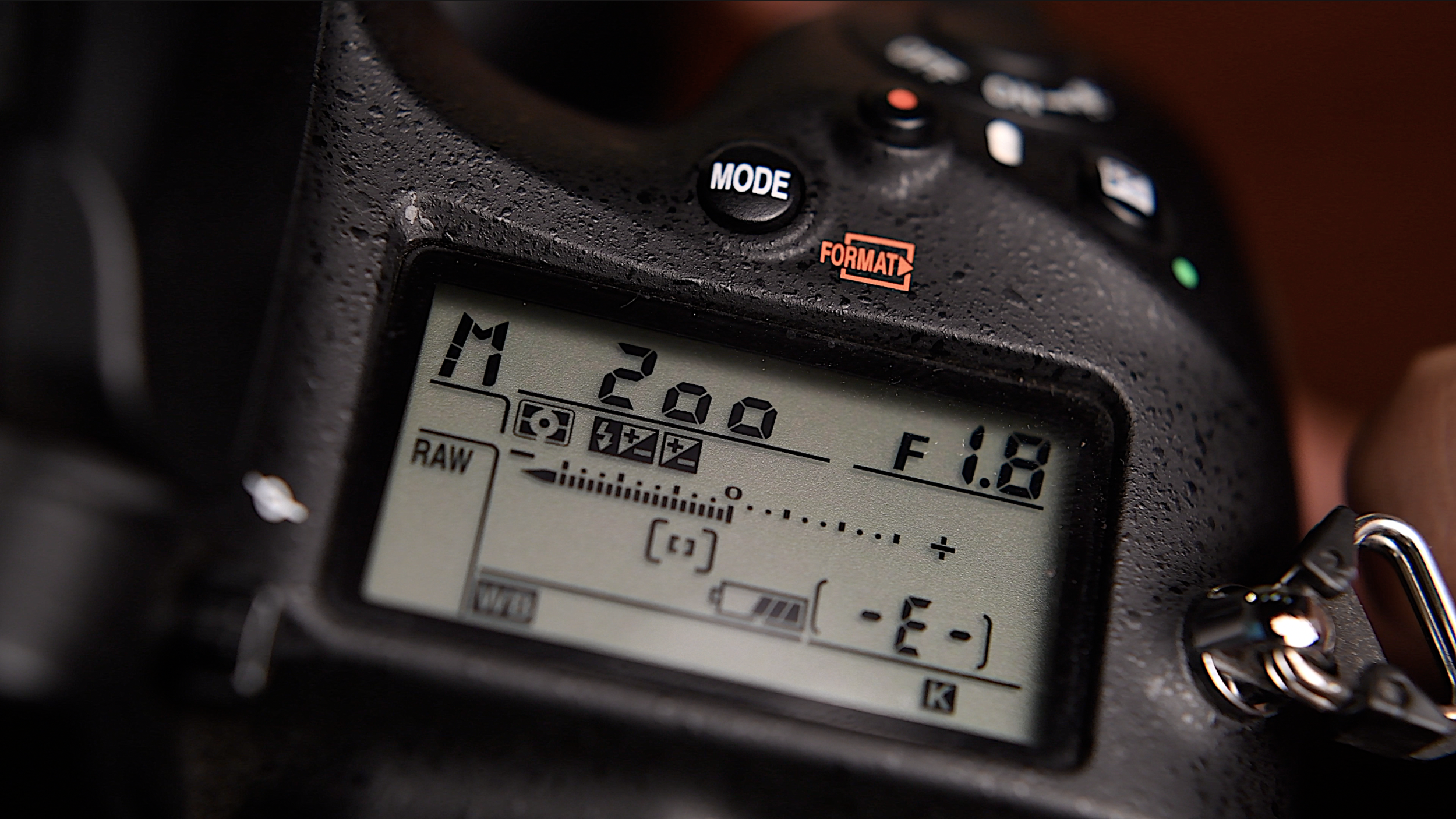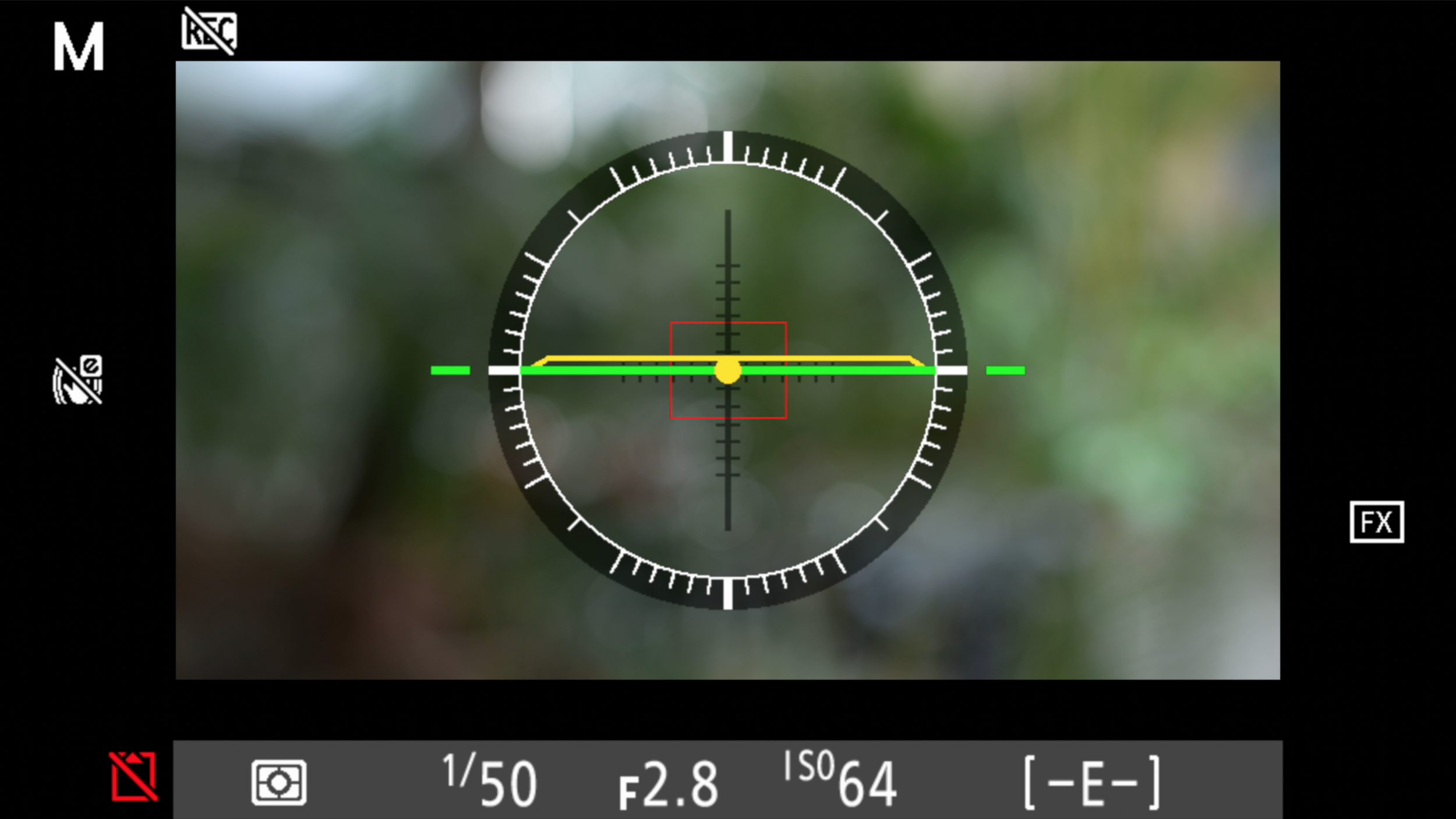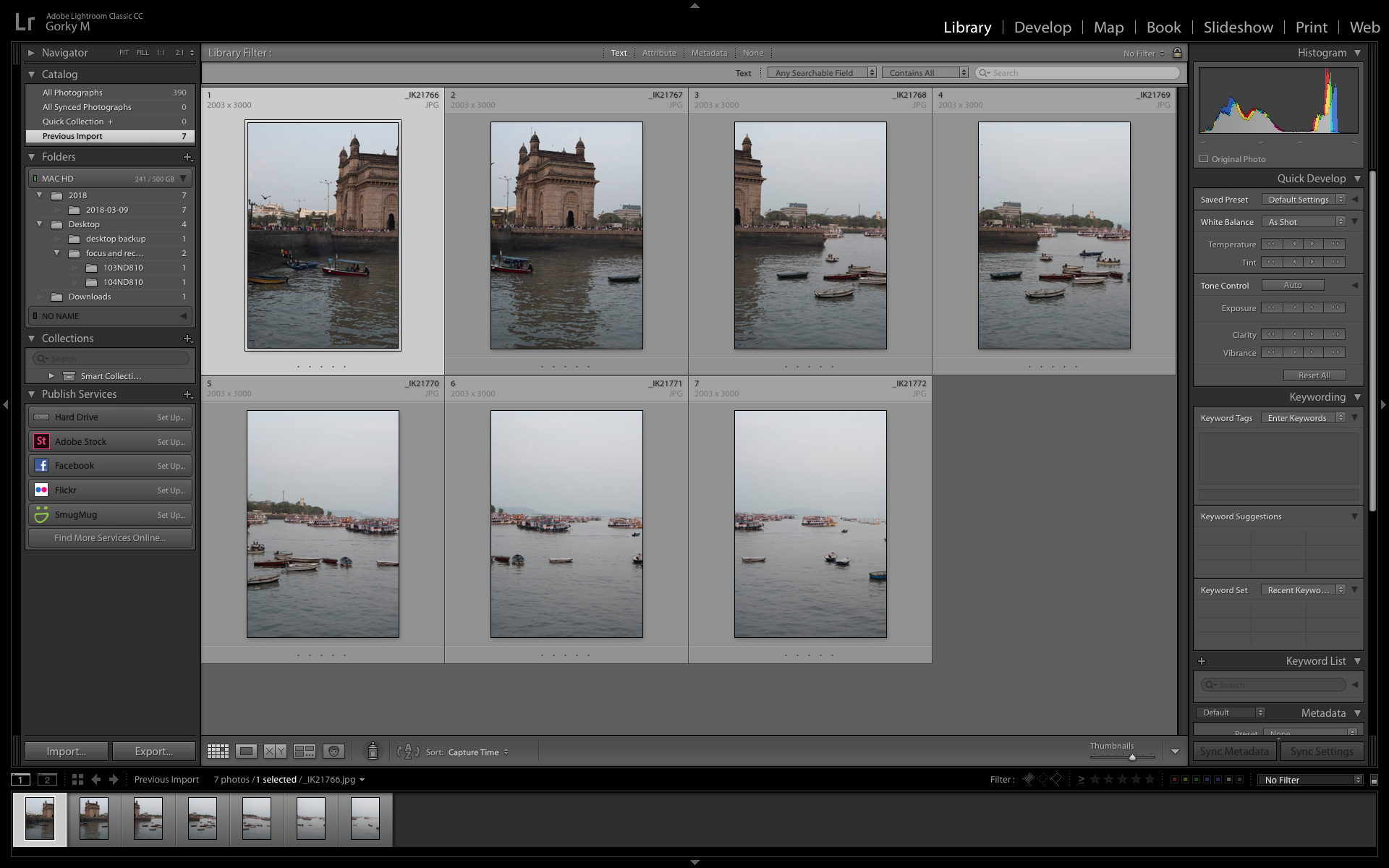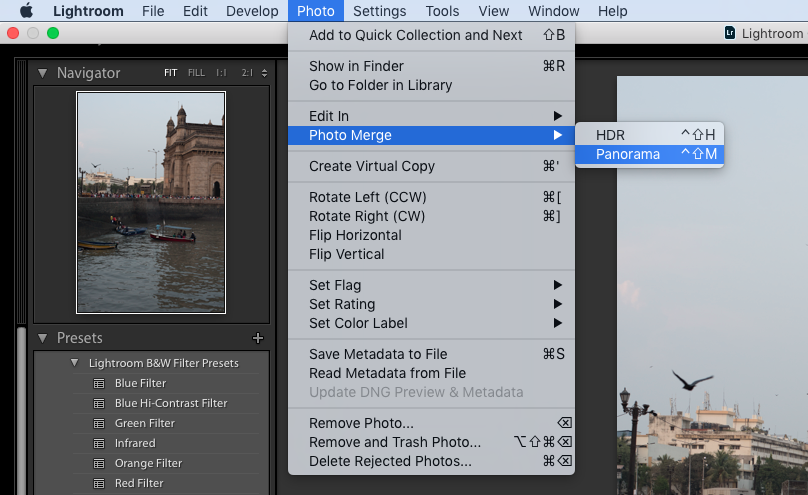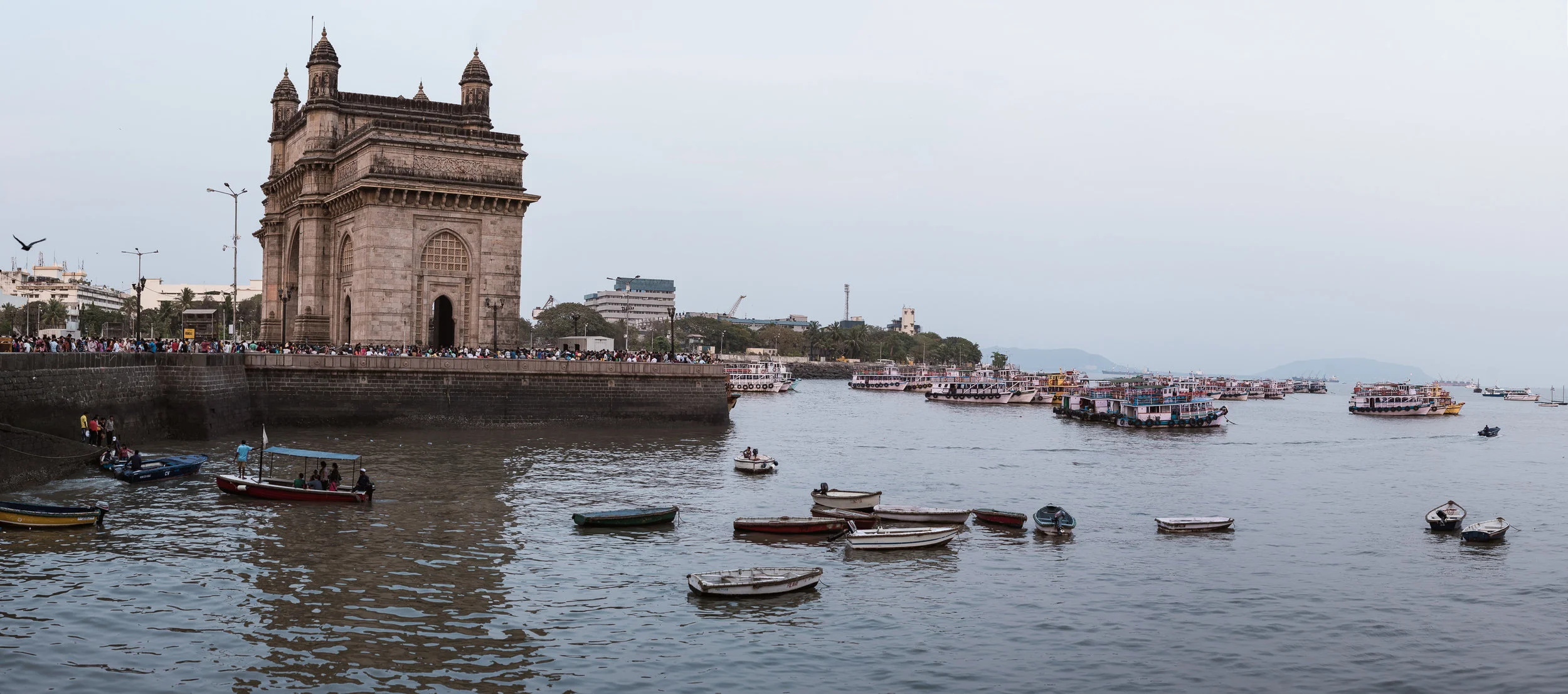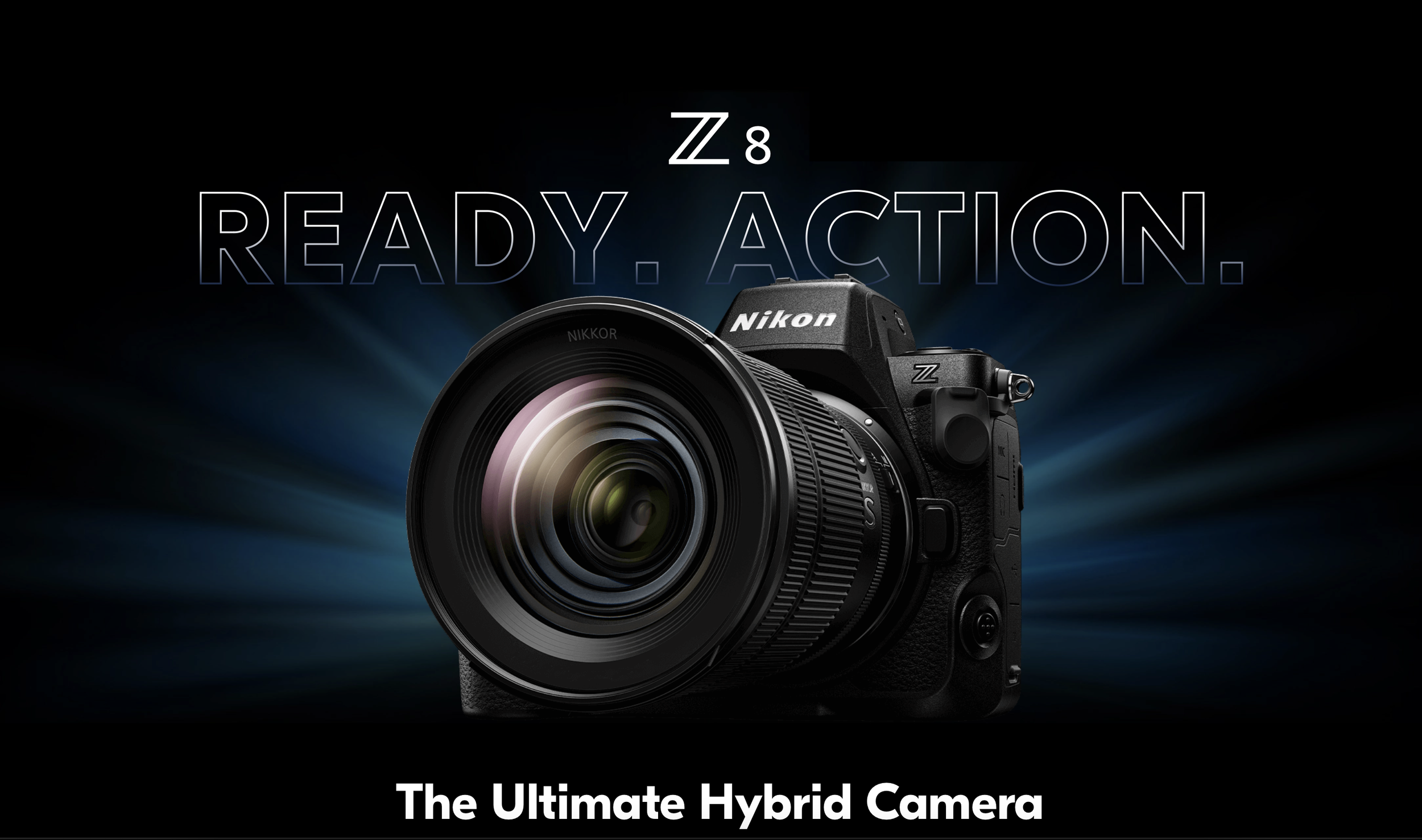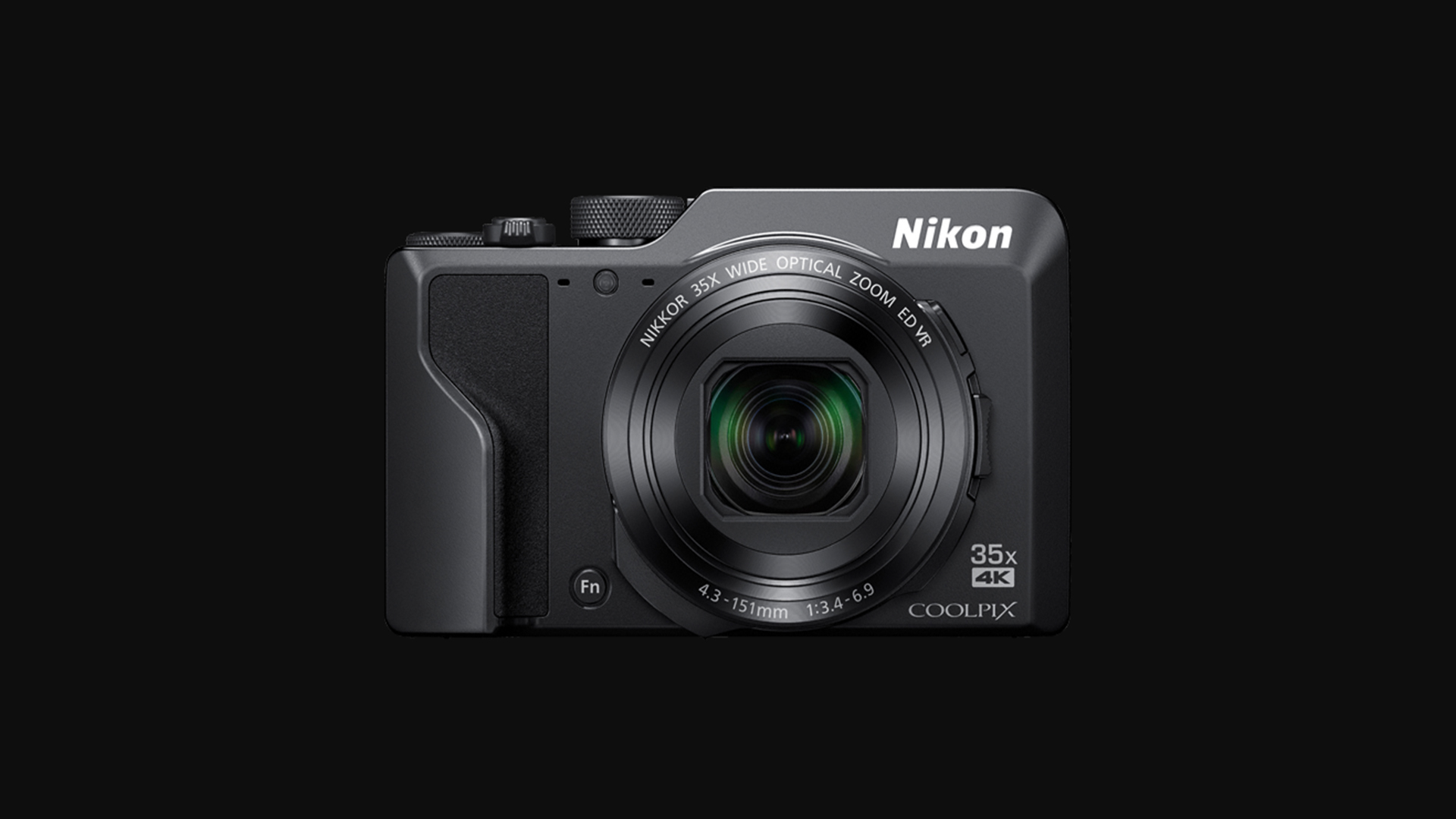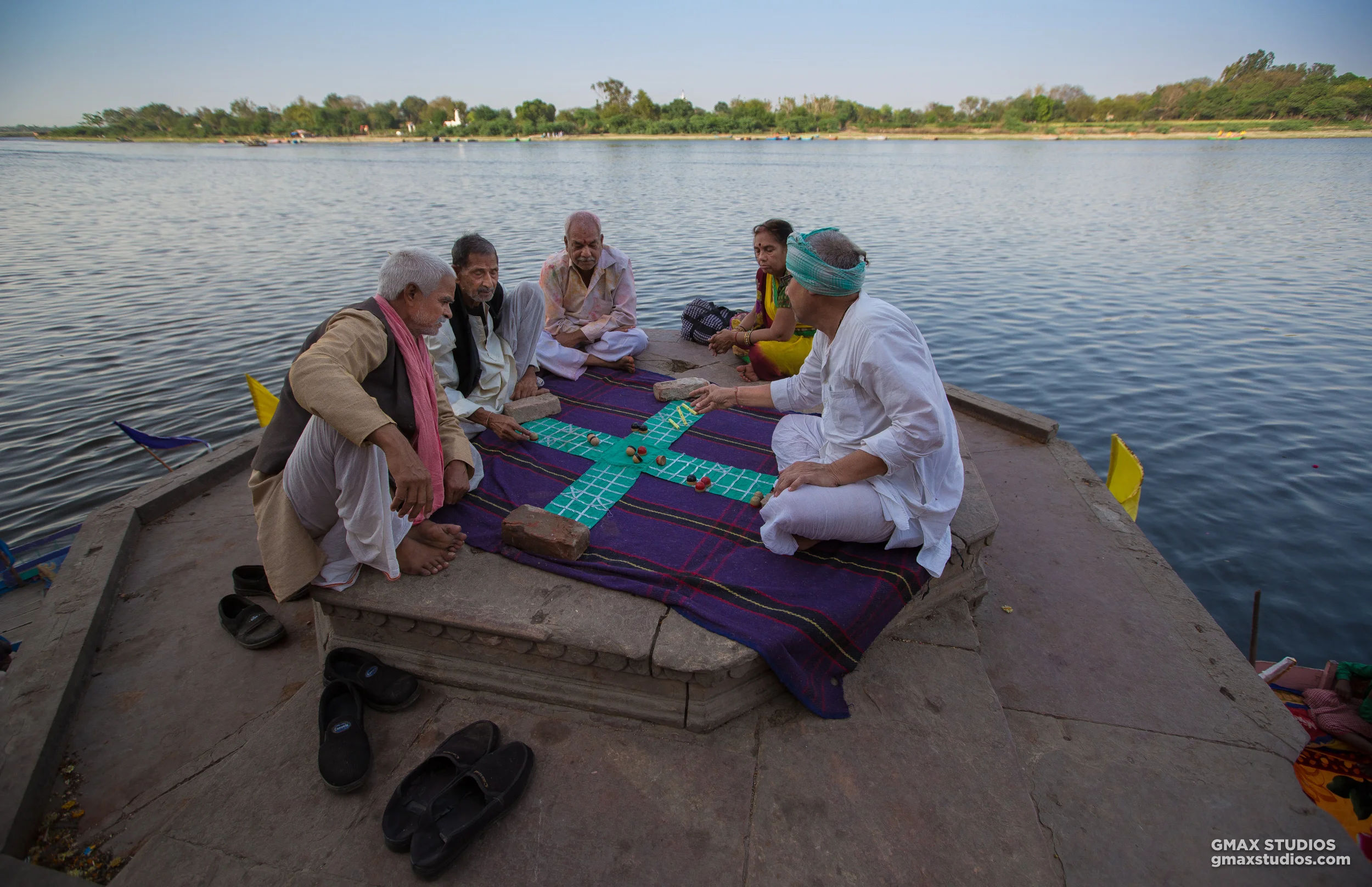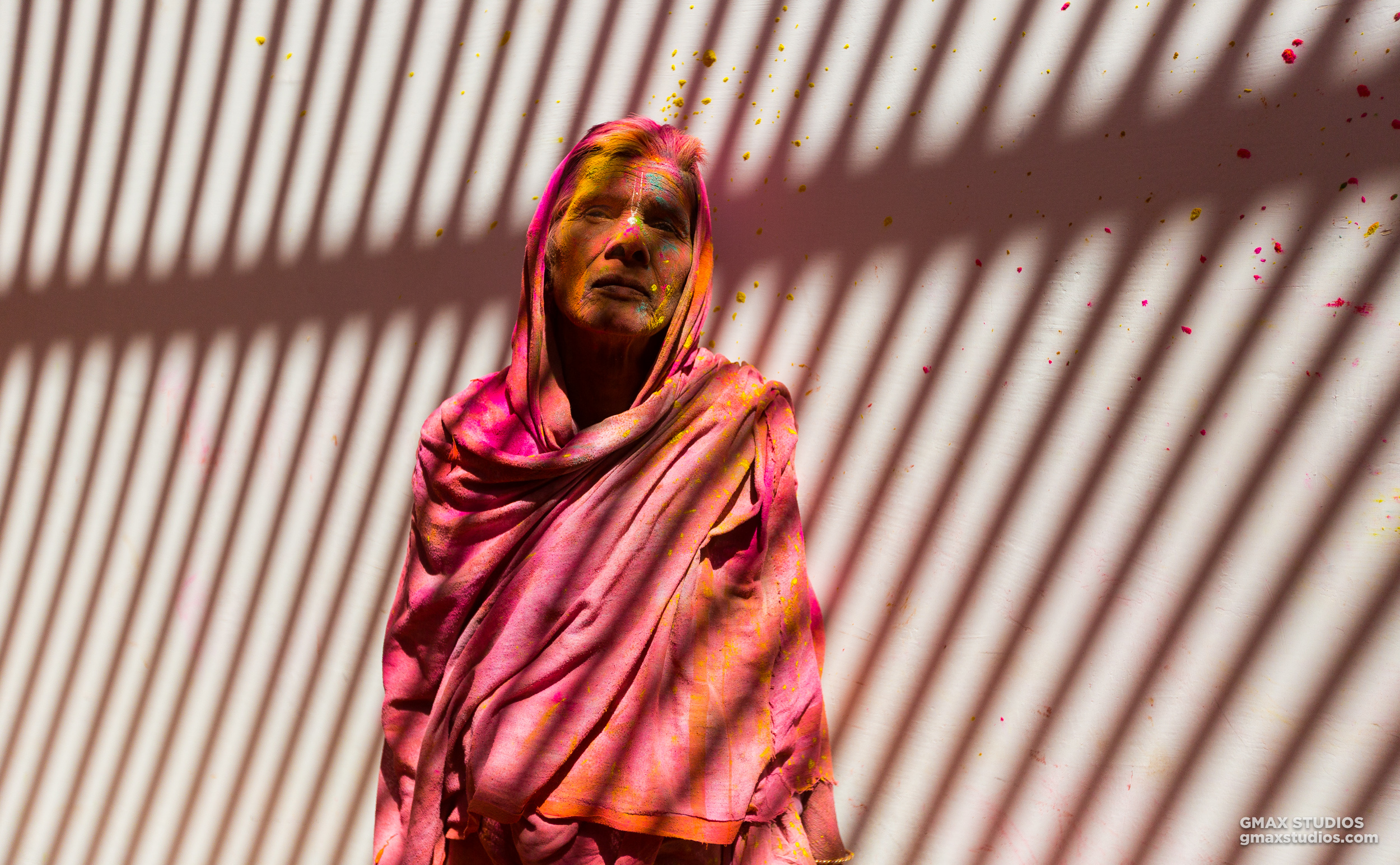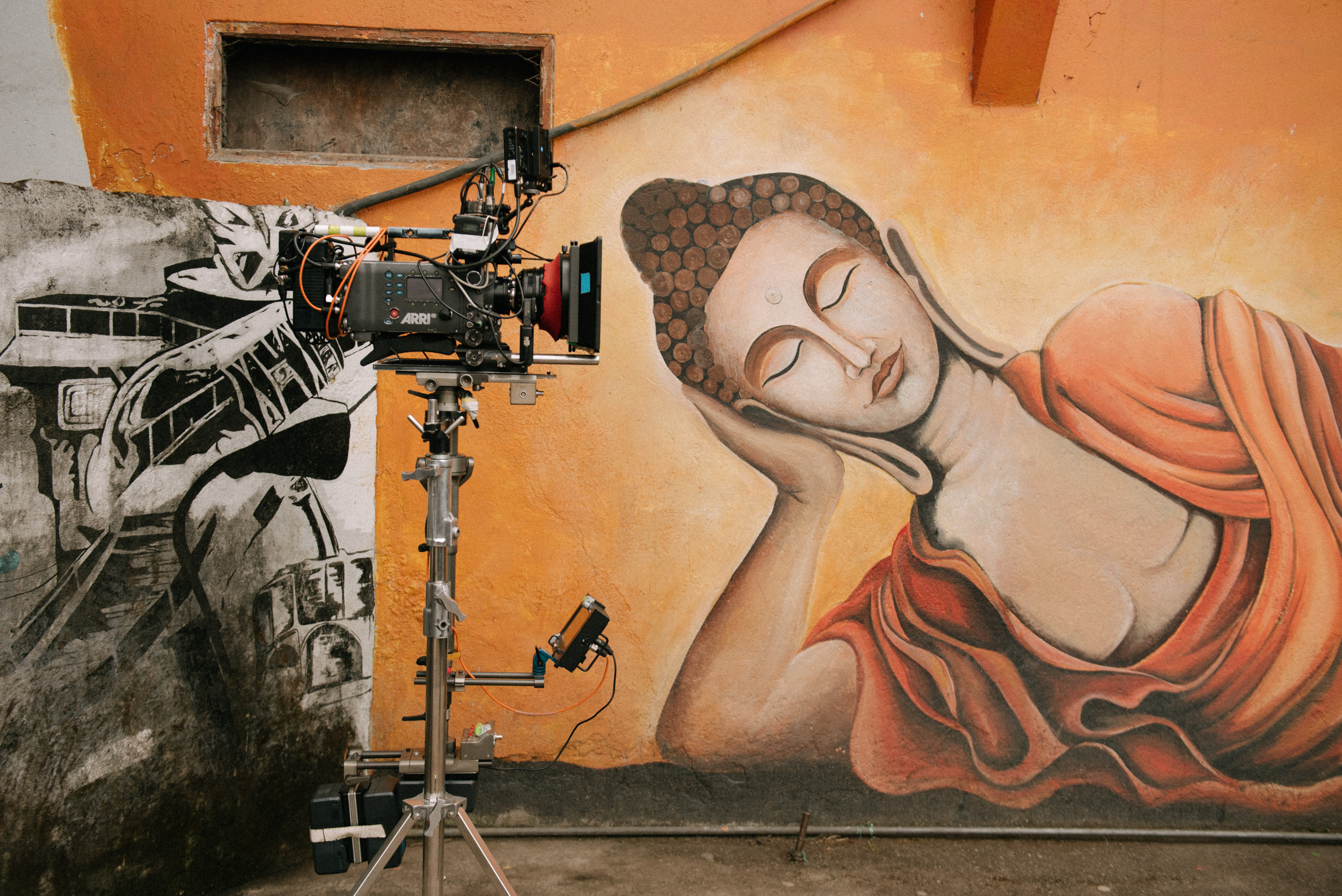
Ira Block Interview | Photography wasn’t easy then, it isn’t now | In Frame with Gorky M Episode 2
The world in photography has changed. “There’s a lot less demand for in-depth stories these days”, says Nat-Geo veteran Ira Block.
The world in photography has changed. Print journalism is dying, and so is the photographer who would rummage the earth for stories. Today, there are more photographs taken in a single day than an entire year prior to the smartphone era. While smartphones and social media platforms have given people a place to showcase their work, it is now difficult to separate the good from the bad like never before. A hobbyist with a financial reservoir can now photograph the Northern Lights on a holiday and submit it as his or her ‘work’.
And publications aren’t willing to spend money to acquire images because people are willing to give them for free just to get published.
“There’s a lot less demand for in-depth stories”, says American Photographer Ira Block. And while that’s true, it doesn’t bother him as much. To prove it, he has over 330,000 followers on Instagram. Ira has also recently published a book documenting a country’s fascination with a mainstream sport in ‘Cuba loves Baseball’
Cuba loves Baseball, available now on amazon. Photograph by © Ira Block
Ira starts of by saying that photography wasn’t easy back then, and it isn’t now.
“When you find something you love, (something) that you want to do, those are the things that are usually difficult to get money out of. ”
Ira Block has been behind the lens since the 70’s. Born in a time of great imagery and when the photographer was the one bringing stories to the world, Ira prefers the term ‘Cultural Documentarian’ over documentary photographer. While he does have a bunch of commercial work to his credit, a lot of Ira’s work revolves around culture and people.
Caravan of Bactrian camels resting in South Gobi Desert, Mongolia. Photographed by Ira Block ©www.irablock.com
Over the years, Ira has photographed a ton of memorable stories for the National Geographic magazine, the National Geographic Traveler and National Geographic Adventure (not to mention the countless photographic expeditions commissioned by the magazine). A Sony Artisan of Imagery, Ira also conducts several workshops around the year mentoring aspiring photographers in the art of telling stories through the camera.
In a career spanning several decades and still counting, Ira’s photographed countries that are known for their tourism opportunities as well as some of the most remote locations in the world.
Japanese explorer Naomi Uemura at the North Pole, photographed by Ira Block © Ira Block
Ira Block likes to distinguish recurring visits to each country by at least a couple of years so he can can document the changes first-hand through his lens. Surprisingly, this was Ira’s first visit to India. He was speaking at Indian Photographer Joseph Radhik’s event - Pep Summit, where GMax Studios’ commander-in-chief Gorky M, managed to catch up with him. And we’d love for you to hear that conversation, the second episode of our latest series, ‘In Frame with Gorky M.
In Frame with Gorky M is a half hour conversation featuring some of the world’s best photographers. If you haven’t seen the first episode featuring Joseph Radhik, you can see that video here.
In a candid conversation with Gorky M, Ira Block talks about the uncertainty and confusion in the world of photography right now. Ira and Gorky M also reminisce about the good old days of shooting film.
Was the switch from film to digital easy for you, and do feel nostalgic about working with film?
I switched from film to digital in 2004. When I first switched, I was nervous. I remember one of the first stories I was doing (with a digital camera), I had to go to Malaysia to photograph. I basically shot it with digital and I also shot it with film because I was so nervous. As I progressed, I thought that digital was great. I had multiple copies of my images, I could email or send pictures around the world. It’s something I couldn’t do with film.
I do miss shooting with film though, especially black and white. Maybe someday I’ll go back to it.
You have taken exceptionally well to social media, especially Instagram. Did that take a mental leap or did you go in all guns blazing?
The world in photography is totally changed. Not just photography, but everything in the world has changed because of the digital age. I realized I didn’t want to be a dinosaur. With social media and digital platforms, I embraced it. I thought, let’s make this work for me.
And it has worked for Ira. He posts regularly, and he also writes about his experiences in his blog. If you haven’t checked it out, it’s highly recommended. It’s the photographic word of God.
Each social media platform has a different aspect ratio for pictures. Do you keep that in mind when you’re taking pictures?
It does cross my mind (when I’m taking a picture), that I want to make it the right size, the right feel for Instagram. But then I realize that if I get a really nice image, I can’t use it for something else. It's not the right style. I can’t make a print (of it). I get torn at times.
What’s your typical gear, now that you’ve switched to mirrorless cameras?
I’m using the Sony mirrorless cameras, which are pretty small and lightweight. Typically, I carry two, maybe three (camera) bodies. I usually have three zoom lenses with me. The wide zoom, the mid-range zoom and a long zoom. With digital, you don’t want to change lenses that much because of dust on the sensors. Back in the days of shooting film, I’d have two or three cameras around my neck. These days most of my stuff (images) are done between 24-105 mm.
Tell us a little about the kind of gear you carried back in the day
I remember going through the airport with 10-12 cases of equipment. And now, with digital (cameras) being able to pump up the ISO’s to a higher number, I carry less lights. There are smaller lights that are transportable and easy. Those days of carrying equipment and having assistants and getting that stuff on airplanes was always iffy.
Tell us about the importance of accumulating personal work, as a professional photographer
If you really want to be a good photographer, and if you really love photography, you need to have personal projects. With commissioned work, you can’t be as creative, you’re being told what to do by the client. Personal work is where all your creativity is, where you can try out new things, develop a new style. You’re not worried about what the client is going to say. I think personal projects are very important.
Ira Block spent three years documenting Cuba’s culture in his book, ‘Cuba Loves Baseball’. Photograph by © Ira Block
Point out some of the primary differences that you see between photographers in your generation versus some of the younger photographers today
When I look at some of the newer photographers today, I sometimes get the feeling that they’re not going to work as hard. Because of what you can do in post production, a lot of people think “I don’t have to get it right now, I’ll do it later”. I came from a generation of “you have to get it right in the camera.” For me, the joy of photography is being in the moment and not being in front of a computer screen.
Fireworks galore on the 4th of July. New York City, 2017. Photograph by © Ira Block
Who are some of the photographers that have inspired you over the years?
Henri Cartier Bresson is one of the classic photographers that everyone looks up to. His reportage, his decisive moment was an important changing point in the world of photography. When I started doing color, it was Ernst Haas - the German photographer. He took color and made imagery out of it; using color as an art-form in itself. And then there are some early Nat-Geo photographers. There’s guys like Wynn Parks and Bill Allard - a friend of mine who’s a great photographer. These are photographers that I look up to.
Ira continues to talk about his style of photography, his choice of composition and some very important assignments he worked on during the episode. He also stresses on the importance of having a regular income that doesn’t always come from photography.
Watch the entire episode with featuring Ira Block below
In the episode, Gorky M speaks with National Geographic Photographer and Cultural Documentarian Ira Block. Ira has shot multiple photographic stories for the National Geographic Magazine including Nat Geo Traveler and NatGeo Adventure. Ira is also a Sony Artisan of Imagery and conducts multiple photography workshops around the world.
Joseph Radhik Interview | Lessons In Humility And Wedding Photography | In Frame With Gorky M Episode 1
If you’re a wedding photographer, you might not want to miss this.
Wedding Photography has witnessed a massive revival all over the world. These days, wedding photographers can charge as much as they like. This can partly be credited to photographers like Joseph Radhik who’ve taken a different approach to photographing weddings by bringing out a previously unseen art to them. Joseph has won countless awards for his work and is the founder of Stories by Joseph Radhik, a wedding photography firm that’s been featured in magazines like Grazia, Harpers’ and People Magazine. A photographer with an entrepreneurial spirit, Joseph has managed to blow up his craft into a thriving business whilst retaining all of the creativity and passion.
Joseph is the first guest in our latest series, ‘In Frame with Gorky M’ - a half hour tete-a-tete with some of the world’s best photographers. In the video, Joseph talks about how he got into wedding photography, his personal gear and more. The full episode is embedded at the bottom of the post, you can get right to it if you like.
“I worked as a business development manager five days a week, and on a Friday I would shoot a wedding and be back in office on Monday. ”
It’s this attitude and commitment that’s made Joseph the one of the prized photographers in the industry.
And there’s lots we’ve learned about the man these past few months, bumping into him at the Sony A7III launch in Mumbai (He’s also Sony’s Global Imaging Ambassador) and from the time he came over to talk about his passion project PEPx Photocon. He was coming straight from a photo-shoot, so he came with suitcase and all, very much, as we like to call it - in the zone. We were going to be filming our conversation in one hour, and he was going live simultaneously on his PEP Professionals app; his technicians setting up a live-stream that looked technical as hell. In those days we’d go live every Saturday, so we could understand the immense pressure. But Joseph was cool like you’d be on a Sunday morning. He was quick to figure out a solution when a problem arose, answering and hanging up calls at the pace of a stockbroker, at times, on his haunches like a camera assistant.
After seeing what Joseph’s schedule looked like, (putting together a 3-day global photography event, photographing a wedding, giving an interview and going live at the same time on his app) we learned that it’s no more just you and the camera. Photography is a big part of your life but it’s a relatively small part of your business. Most of your time’s eaten up by phone calls, production meetings, preparation and social media. It’s how you fare in those departments that determines if you’ll be remembered for picking up the camera or not.
Real photographers don’t shy away from selfies
In return for creating awareness on PEPx Photocon on our channel GMax Studios, Joseph had invited us to the event. He let us film the entire event, gave us the best seats in the house and also threw in twenty PEPx passes for our subscribers. It was because of this wonderful opportunity that we were able to chat with accomplished and globally renowned photographers such as Ira Block, Dinesh Kumble, Yuvraj Gurjar and Auditya Venkatesh.
PEPx was an unbelievable experience for a photographer. People were practicing photography the halls, students were chatting up their favorite photographers; ambassadors, acclaimed photographers, gearheads, camera companies, vloggers, motivational speakers - everybody was present. It was kind of like an Apple event, but for photographers. Joseph was speaking on all three days, and during the course of the event, we learned just how good an orator he is. His speeches are motivational and he also likes to laugh at some of his own jokes, but he kept the audiences engaged through all of it.
When asked about the best camera settings for wedding photography, (we know, it sounds absurd) Joseph said that the best setting is getting to the location with your camera. The theater erupted with laughter. While there were other renowned photographers speaking at the event, seeing Joseph get up on stage was always exciting, his jokes and insights being met with much laughter and applause. He was able to harvest every colloquial sentiment to make the people feel at home.
“In 2008, I googled ‘wedding photographers in India’ and it returned zero results.
I chanced upon a genre that I never knew existed.”
Wedding photography came to Joseph when he was looking for a photographer to shoot his sister’s wedding. At the time, he was photographing flowers and sunsets like every rookie with a D-SLR. (Scroll through some of his older photos on flickr, we’re not lying) “I chanced upon a genre that I never knew existed”, says the the three-time fearless photographer of the year, his eyes lighting up from visualizing the moment. He ended up photographing his sister's wedding, and naturally, he got good at it as he shot more and more. He even began to dress the part. In fact, his photography gear also comprises of waistcoats just so he can blend in better. “I’m working, but it’s still a wedding.” It’s a statement that’s profound because of its simplicity. It can only come from a guy who truly loves to photograph weddings.
“Wedding photography had everything that I loved. Photojournalism, beauty, light, documentary, landscapes. Weddings are also like wildlife. You need perfect timing.”
As an effort to enjoy himself more, Joseph carries only a handful of equipment - his favorite lenses, a double-camera strap (so he looks like a badass cop) and has a relatively small team helping him out with the lighting and managing of data. While his world is fairly complex, his photography is simple. It’s how he’s able to still love doing what he does despite his phone ringing off the hook. As a photographer, he’s not above shooting group photographs of the couple’s friends and family he says. The truth of that statement hits your chest. It’s a lesson in humility from the guy who shot India’s most talked-about wedding.
Watch the entire conversation between Gorky M and Joseph Radhik below. He talks about his inspirations, shares some valuable trade secrets and even lets us take a peek inside his camera bag.
How to shoot a panorama
With the help of proper techniques and post-processing software, anybody can get near-perfect panoramic shots.
You’re out with your friends, and you’re standing on top of a mountain from where the view seems great. But your camera just won’t cover it all. There’s also no space to go back, and you’re not carrying a wide angle lens. This is where panoramas come in handy. They allow you to photograph an entire scene and not just part of it.
In the old days, photographers would create panoramas on manually by panning across a scene and taking a couple of exposures on film, then printing and stitching them in a lab. Or you got yourself one of those super expensive panorama cameras like the Hasselblad X-Pan.
It was far from ideal, and it was far from easy.
Panorama on film is very tough to achieve
But now, with the help of proper technique and post-processing software, you can get near-perfect panoramic shots. Some photographers stitch over a hundred photographs to create gigapixel panoramas.
WHAT IS A PANORAMA?
Panorama, or panoramic photography is wide-format photography in which you take multiple exposures and merge them together to create a massive picture, sometimes 180 degrees or more. Panorama was introduced by early painters who wanted to give a wider view of the scenes they were trying to project in their paintings.
Panoramic Painting By Maerten van Heemskerck
HOW DO YOU SHOOT A PANORAMA?
A panorama is created in two parts
Photographing the scene via your camera
Using post-processing software for e.g. Adobe Lightroom to merge them together
EQUIPMENT
While there are people who can shoot a panorama handheld, a tripod will allow you shoot images along one horizontal plane easily. You can also get a panoramic head or an L bracket if you’re into real estate or architectural photography. But for our purposes, a tripod should do just fine.
With a tripod, your images will remain level and steady
SETTINGS
Making a panorama look like one photograph is the hard part. Which is why you have to adjust settings manually. The computer in your camera doesn’t know that you’re trying to shoot a panorama, and will expose each shot differently if you left the job of setting the exposure to it.
Switch your camera to manual mode and set the exposure manually to avoid varying exposures in every photograph
Focus
Focusing should also be done manually. Your focus should be set to a distant object that you're photographing or at infinity. This way, your camera won't change focus each time you take a picture.
Aperture
Because we want everything in focus, the aperture should be set to a higher f-stop, preferably f.8 or above.
Shutter Speed
Try to find a sweet spot in the center of the photograph using your camera's metering options. Take a few pictures to ensure the bright and dark areas of the photograph are exposed to your liking and not based on the automatic values suggested by your camera.
ISO
Set your ISO manually and use the same ISO for each picture.
White Balance
Because light reflects off each object differently, auto white balance could make your photograph look like a shade chart. Set and lock the white balance manually, like you did for your focus.
Shoot In RAW
Set your file format to raw, so it’s easier to correct exposure and color in post-processing. To fully understand the possibilities of shooting with a RAW file format, click here.
PHOTOGRAPHING THE SCENE
The next bit is taking the photographs. Once you’ve mounted your camera on the tripod, make sure the horizon is aligned correctly in your viewfinder.
A leveled horizon brings you a step closer to getting the perfect panorama
Simply pan the camera across the scene you want to photograph and click a few pictures. Make sure that each image overlaps the other by 30% to maintain focus across the entire picture, and to make your panorama look like one image.
Watch out for wind and moving objects when taking pictures. It can spoil the evenness of your panorama. Half of it will look like it’s moving while the other half might be still.
PROCESSING THE IMAGE
The second part of creating a panorama is the processing. There are tons of free software on the web for panoramic photography such as Hugin and Image composite editor, but we personally use Adobe Lightroom to stitch the images together.
One image has to overlap the other by at least 30% for maintaining focus and seamlessness
Open the images in Adobe Lightroom, then click on the ‘photo’ option and merge the images together.
You can straighten it a bit more, or crop it to your liking and that’s about it.
A panorama of the Gateway Of India
If you’d like an in-depth tutorial on how to create the perfect panorama, click on the video below.
Mathura widows play with colour after 400 years | Photographing Holi Celebrations In Vrindavan
It’s been two years since we visited Vrindavan to photograph the illustrious Holi celebrations. Here is a look back at that colourful photography expedition.
It’s been two years since we visited Vrindavan to photograph the illustrious Holi celebrations. While the trip was special to begin with, the famous widows of Vrindavan played Holi with color for the first time in 400 years - making the occasion extraordinary. It would've been ideal if we published this article in 2016 itself, but photographs are even better to look at when there’s a little history attached to them.
That being said, none of these photographs were easy to take. It was the first time our camera and gear was exposed to water. We’ve since done a live session and a video tutorial on how to protect your gear from water, but nothing could have prepared us for this. Once we made it to the dharamshala that we would be staying at(more like leaving our luggage there because we’d be shooting continuously), we headed to Gopinath Temple.
There are streets in India that even google maps can't figure out, and a lot of the shortcuts and alleys in Vrindavan are like that. The people in Vrindavan were extremely kind and courteous, and pointed us in the direction we needed to go. At times they would even get on to the rickshaw and tell the driver exactly where to turn! Once we were on the right path, they would get down and start walking back. Something like this is unheard of in Mumbai. To the people of Mathura, it’s just life.
Chill unparalleled: Folks kickback and play a game of chausar.
On the way to Gopinath Temple, we witnessed absolute chaos. People were celebrating without a care in the world, sparing none and soaking just about anybody who happened to cross paths with them. We had a faint idea that something like this could happen, and so we wrapped our lenses in cling foil and also practiced changing lenses with the cling foil a few days in advance. This helped keep the water, color and dust out, and allowed us to get some decent photos of people celebrating in the streets.
Holi celebrations were in full flow in Nandgaon.
The scene at Gopinath Temple was nothing short of a riot. In the corridor, hymns and songs of celebration were being sung to the rhythm of mrdangas and kartals. The white saris of the widows were laden with color. Local priests and scholars, who in the past had kept up the practice of not interacting with the widows joined in on the fun. There was so much going on that the photographic possibilities were endless and making decisions was difficult.
It was like a scene from a film. The clothing, their refined choreography and their unique personalities was something we’d never come across. It seemed like a place free from the hassles of daily lives, where things like fear and anxiety don’t exist. That day, we learned a new way to live life. And that the widows have an endless supply of energy! The celebrations carried on from 10 in the morning to 3 in the afternoon.
“We’re happy that we can finally play Holi like everybody else, but even if it didn’t happen, we are still deeply moved by Krishna in our hearts” said an old widow to us, when we asked her if she’s excited about celebrating Holi with color.
The widows don’t partake in the consumption of bhang or any other intoxicants. But clearly, the lady in the picture was having the time of her life.
As a photographer, if you’re determined enough, the opportunities present themselves. The tarpaulin roof in the temple corridor had a hole in it, and a trail of light shone through - making the moment even more magical.
We had gone up an empty staircase to change lenses when we saw the lady in the picture surrounded by flower petals. Moments later, another widow came by and unloaded a bucket of green color on her.
Devotion that's heard of in folktales and myths was prominent in Vrindavan: a widow breaks down in servitude to Krishna
We asked the lady in the photograph if she would let us take a picture of her. She didn’t respond with a yes or no but simply stood still. The photograph is an indicator of the love Vrindavan widows have for humanity and what humanity has put them through.The striped pattern on the wall resembles a prison both literal and psychological, that the widows have inhabited for centuries.
After a few refreshments and a sip or two of Holi’s most cherished drink - bhang, we headed to Banke Bihari Ji Temple.
The temple houses Lord Krishna’s supreme avatar. Every year millions flock to see Krishna in His tri-bent, playful pose during Holi. He’s hidden behind a screen that is lifted only for five seconds during the festival.
One needs to have steely determination to photograph in a crowd like this because there wasn’t any room to even stand. The longest time we spent in one position was 3 seconds. And then the crowd would blow us away with the combined weight of at least fifty elephants.
There was another big task to overcome. The task of not getting other photographers in the frame because there were tons of photographers from various publications and agencies documenting the event.
But the most challenging shot was photographing the Holika Dehan.
The event would take place at 5 am in Phalen, approximately 50 kilometers away from Vrindavan, so we needed to head to the location early to prepare. We arrived at 4 the previous evening.
The Holi that burns in the city is a decent sized flame, but pales in comparison to what goes on in Vrindavan. It’s much longer, and consists of fast-burning bushes and twigs. Also, temperatures soar in comparison to the spontaneous assortment of logs that one can find in the city.
What piqued our interest even more is the fact that a priest by the name of Babulal runs barefoot across the entire length of the fire. The practice has been passed down generations in his family.
But one does not simply take a picture of a fire.
We grabbed a 70-200 zoom lens and sat atop a two floor building across from where action would take place. We carried refreshments, and began considering all possible angles to take the photograph from where we were standing. After that, it was a game of patience. One of us managed to speak to the priest beforehand, who told us about the entire process. He would wait for his sister to pour some water over the fire to appease the gods, and once she had done that, he’d come sprinting towards the fire.
It felt like we had prepared enough and would get the photograph easily. But we were pretty, pretty wrong.
It was around one in the morning when the people started gathering around the pit. Some people had begun to climb up the building we were on. Their arrival wasn’t favourable by any means. As the night grew, they started to lose patience, because they wanted to get as close as possible on the ledge where we were seated to view the action more clearly. So the rest of our time was spent waiting for the priest's run to start and hanging on for dear life.
The crowd was going so berserk that police officials had to use lathis to keep the public at bay.
At 5 am sharp, the priest’s sister poured the water over the fire. Without a second's delay, the priest came running in. There was barely any time to frame the shot. We followed him to the end of the flame and pressed the shutter button.
Mind over matter: year after year, the priest keeps this extremely dangerous ritual alive
We boarded a cab at dawn, contended with ourselves and the things we had photographed. The experience in Vrindavan brought us closer to photography, and people in general. It all came with us - the kindness we’d received, the people we’d met - and the faces that we’d seen. As Holi nears, we can't help but get nostalgic over the experience we had in Vrindavan. It was certainly difficult to say goodbye to.
Editor - Rishabh Udgata






